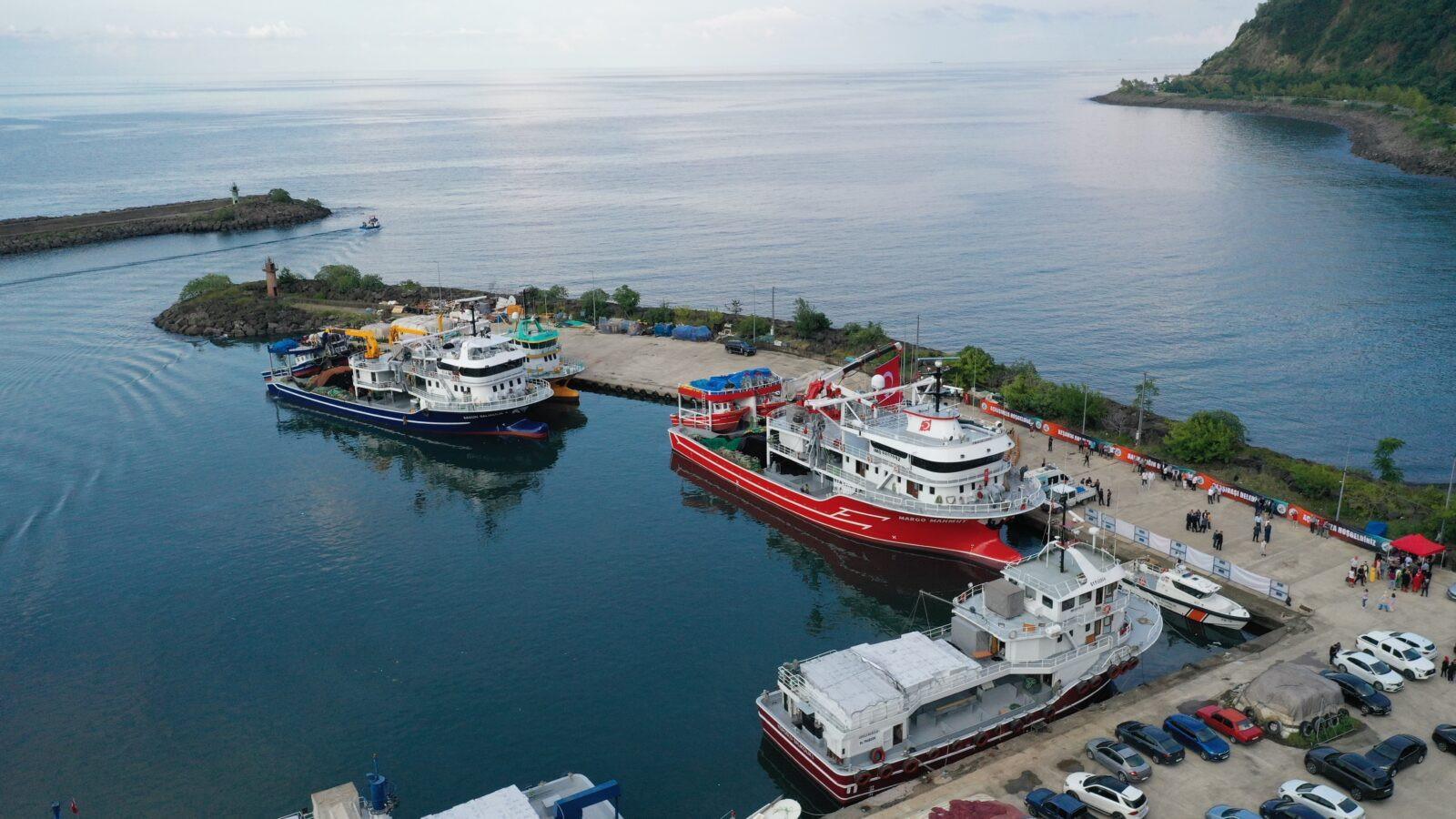
Türkiye, Bulgaria and Romania have launched a joint initiative to raise awareness of the Black Sea’s biodiversity and promote its protection among local communities.
Titled “Raising Awareness for the Black Sea People to Recognize and Protect Black Sea Biodiversity,” the project aims to familiarize the public with native, invasive and endangered species.
To achieve this, 3D models of species found in the Black Sea will be produced and showcased during training sessions.
Citizens will also be able to participate through a mobile application, where they can record and share their own observations.
These contributions will help provide data on species distribution.
Alongside this, an electronic booklet introducing Black Sea species will be prepared, designed to serve as a guide for users of the app.
With both local and international cooperation, the project will also focus on developing conservation measures. A particular emphasis will be placed on raising awareness among young people to build a sense of responsibility for protecting the marine ecosystem.
From Türkiye, the project team includes several academics from Karadeniz Technical University’s Faculty of Marine Sciences.
Among them, project coordinator Professor Hacer Sağlam highlighted the rich biodiversity of the Black Sea, pointing to its vast variety of species, supported in part by freshwater inflows that boost plankton populations.
She stated that they aim to increase citizens' awareness and familiarity with all species, from plankton to dolphins.
According to Sağlam, the project will also investigate the effects of alien species on biodiversity.
“We will explain which species are endangered, what the threats are and what actions are needed to protect biodiversity,” she said. “Our aim, in cooperation with partners in Bulgaria and Romania, is to raise awareness by introducing these species to the public.”
The project’s main focus is young people, particularly high school and university students, as well as fishers, decision-makers and anyone with an interest in the sea, according to Sağlam.